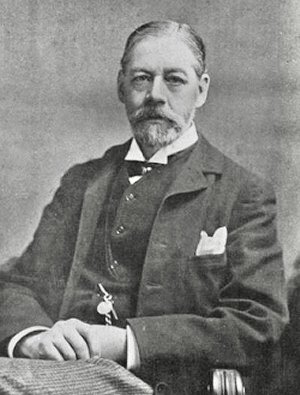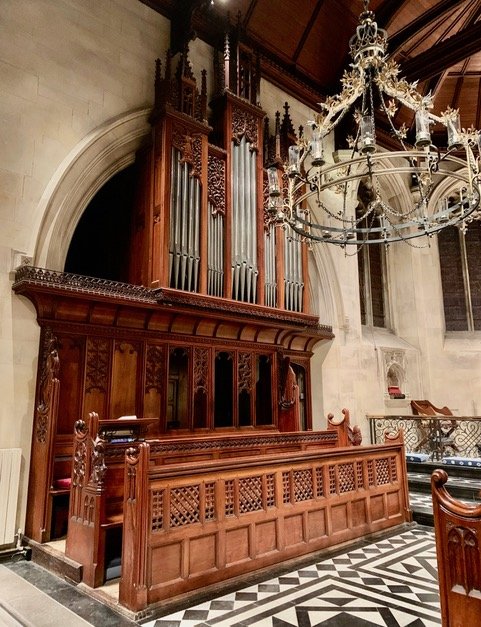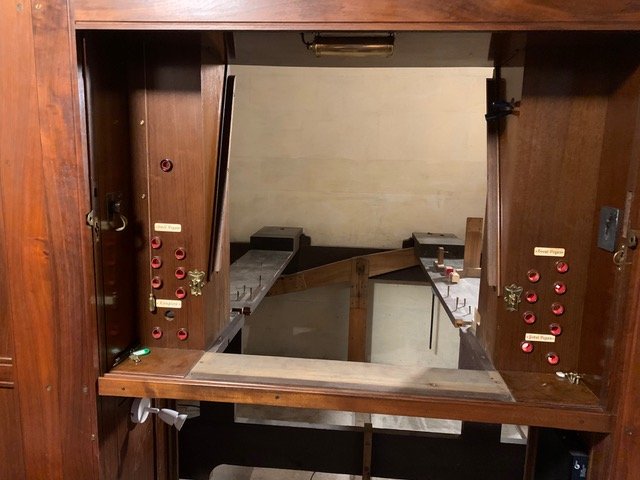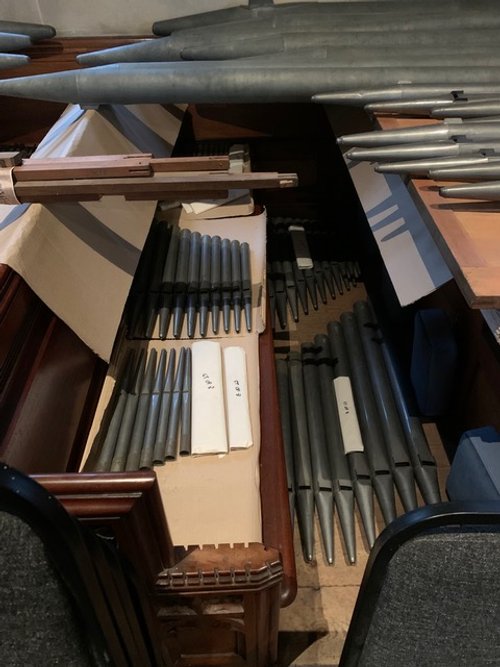The Organ
The organ was built specifically for St John’s by Charles Martin of Oxford. Every element of the church was designed by Sir Thomas Graham Jackson (pictured), and this includes the exceptional black walnut organ case by Farmer and Brindley and its spotted metal diapason pipes. The result is an integrated architectural and musical whole of extraordinary heritage worth. The organ was ready for the consecration of the new building on 15th October 1890.
St John’s has a special character because of its cohesion: everything formed part of one man’s overall vision. The organ sat firmly within this. Its period, builder and position in the church all reflect its purpose of being a liturgical instrument, with a wealth of warm, dignified colour to accompany and support choral and congregational singing.
The two-manual and pedal instrument of 15 stops has notable original features including the hand blowing mechanism with a Stop/Blow draw stop to alert the organ blower, and a Great Hohl Flute 8 (a fine example of its kind). The organ is located adjacent to and behind the choir stalls, north of the chancel area and next to steps down to the crypt.
Restoration Project
With the advice of the Diocesan Organ Adviser (DOA), and several leading organ builders (all listed by the Institute of British Organ Building), the PCC of St John’s recently oversaw a full conservational and restorative overhaul.
The overall project began in September 2022 with an education and community programme in delivery to end of January 2024. The restoration work itself began in January 2023 and took some 4 months to complete. Following a detailed tendering process the PCC appointed the builders JW Walker & Sons of Devizes, Wiltshire.
An important element of this project was the integrated community and education programme which aimed to ensure wider community engagement, participation and benefit, and to result in a sustainable legacy beyond the instrument itself. A programme of events including numerous concerts, community singing and, of course, organ recitals by leading organists, was put together to celebrate this fine instrument's return to its original glory.










